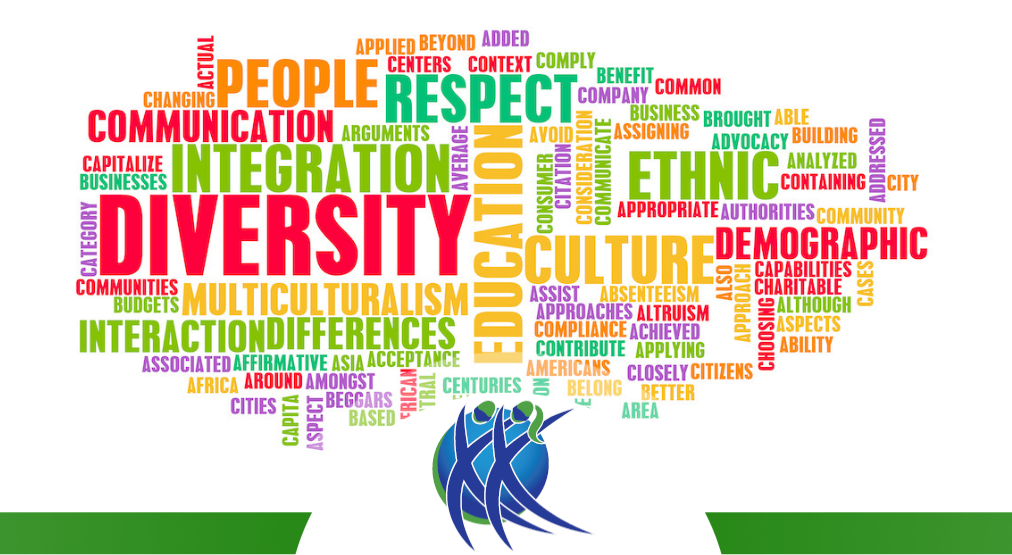As I sit down to write this blog post, I can’t help but reflect on the importance of inclusive communication in our everyday lives. In a world that is becoming increasingly diverse, it is crucial that we all develop the skills to communicate effectively across different cultures, backgrounds, and perspectives. Whether it’s in the workplace, at school, or within our communities, embracing diversity and inclusion is not only the right thing to do, but it also strengthens our relationships and fosters a sense of belonging.
Growing up in a small town, my exposure to different cultures was limited. My interactions were mostly with people who looked and sounded like me. It wasn’t until I went to college that I had the opportunity to meet individuals from various backgrounds and ethnicities. It was eye-opening and humbling to realize that there was so much more to the world than what I had previously known.
It was during my time in college that I first started to understand the importance of inclusive communication. I had the privilege of being part of a diverse group of friends who challenged me to think beyond my own experiences and perspectives. We would have discussions that often made me question my own biases and assumptions. It was uncomfortable at times, but it was also incredibly enlightening.
One of the key aspects of inclusive communication is active listening. It is not just about hearing the words someone is saying, but truly understanding their perspective and experiences. When we actively listen, we are able to validate others’ feelings and create a safe space for open dialogue. This is especially crucial when discussing sensitive topics or engaging in conversations about diversity and inclusion. It requires a willingness to put aside our own preconceived notions and be open to learning from others.
Inclusive communication also requires us to be mindful of our own language and how it may be perceived by others. As someone who writes for a living, I have come to recognize the power of words. Each word carries weight and can shape our understanding and perception of the world. By using inclusive language, we can ensure that everyone feels seen and respected. This includes using gender-neutral terms, avoiding stereotypes, and being mindful of cultural sensitivities.
Furthermore, non-verbal communication plays a significant role in inclusive communication. The way we use facial expressions, body language, and gestures can either reinforce or undermine our intentions. Being aware of these cues and ensuring they align with our message is crucial. It’s important to recognize that not all cultures have the same non-verbal cues and gestures, so taking the time to understand and respect these differences is key.
Inclusive communication is not just about individual efforts; it also involves creating an environment where diversity and inclusion are valued and celebrated. Organizations and institutions can play a pivotal role in promoting inclusive communication through training programs, diversity initiatives, and fostering a supportive culture. By providing opportunities for individuals to learn and grow, we can create a ripple effect that spreads throughout society.
Inclusive communication is not always easy, and it requires ongoing effort. It requires us to confront our own biases, challenge our assumptions, and constantly strive for improvement. It’s a journey that requires humility, empathy, and a genuine commitment to building bridges across our differences.
But the rewards of inclusive communication are immense. It allows us to break down barriers, foster understanding, and build stronger relationships. It opens doors to new perspectives, ideas, and possibilities. Inclusive communication creates a sense of belonging, where everyone feels heard, valued, and respected.
As I conclude this blog post, I can’t help but feel grateful for the opportunities I have had to grow and learn through inclusive communication. It has expanded my worldview, challenged my beliefs, and enriched my life in countless ways. I encourage all of us to embrace the power of inclusive communication, to actively listen, be mindful of our language and non-verbal cues, and create spaces where diversity and inclusion thrive. Together, we can build a more inclusive and compassionate world.
